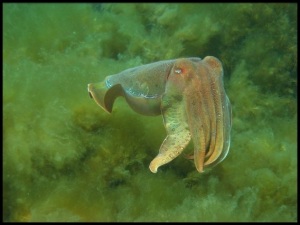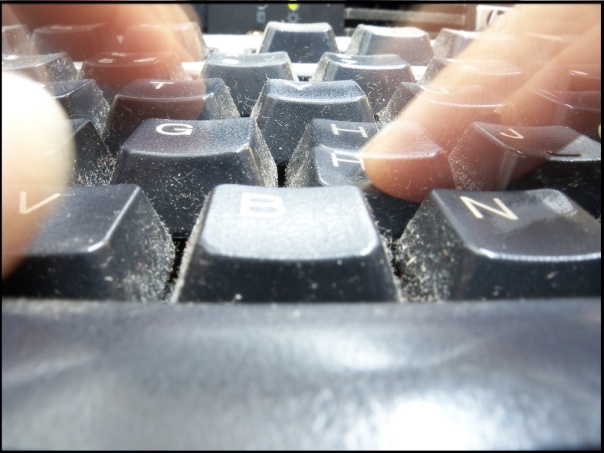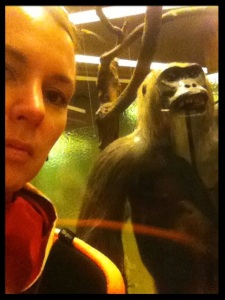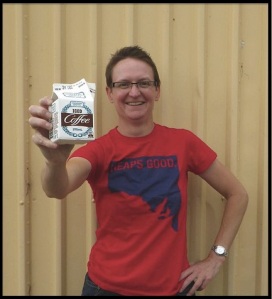
Sarah: Have you heard about the spectacular mass meetings of cuttlefish in the waters of the Spencer Gulf, South Australia?
Every year between May and August these incredible cephalopods (in the same family as squid and octopus) arrive to mate and lay eggs in the rocky reefs near Port Lowly. Recently fewer and fewer cuttlefish have been arriving to mate – scientists don’t know if this results from a natural cycle in their abundance, or something more ominous.
Recently I wrote a piece for The Lead SA about new ways of identifying different species and subspecies of cuttlefish, and plans to create a better evidence base for keeping an eye on them into the future (image thanks to southoz on flickr].
New science helps track mysterious cuttlefish
The annual migration of cuttlefish into the Spencer Gulf of South Australia has begun but scientists are baffled by the lack of cuttlefish in the usual spawning grounds.
Massive declines in the cephalopods have led scientists to look for ingenious ways to track the sea creatures.
Scientists are using parasite tracking amongst a panel of other biological tools to identify discrete populations of the Great Australian Cuttlefish (Sepia apama) in the waters around South Australia.
The work offers a rare insight into how species evolve over time, and provides vital information for natural resource management.
“There are likely to be five subpopulations of Great Australian Cuttlefish across the species range,” said Bronwyn Gillanders, Professor in aquatic ecology at The University of Adelaide.
Monitoring the parasites that live on cuttlefish could be the most useful tool for identifying the different populations. Recent PhD graduate Dr Sarah Catalano performed research focusing on an unusual worm-like parasite that is only found in cuttlefish and other cephalopods. Each species of cuttlefish is though to host its own genetically unique parasite.
“Parasite genetics might be a more sensitive tool than looking at the cuttlefish themselves to distinguish whether different species or subspecies actually do exist,” said Professor Gillanders.
Another line of research to identify cuttlefish subpopulations focuses on the appearance of their unique beaked mouth – used by cephalopods to masticate their food before swallowing – and related dietary preferences.
Professor Gillanders and her colleagues hope that by using multiple lines of evidence – parasite genetics in combination with cuttlefish genetics and cuttlefish dietary preferences – they will be able to sort out whether the different groups of cuttlefish in the waters off South Australia are separate species or subspecies.
In particular, they’d like to determine whether the spectacular breeding aggregations of Great Australian Cuttlefish that occur annually during May-August in the northern Spencer Gulf are confined to a particular subpopulation.
Although historically up to tens of thousands of cuttlefish have arrived in this period to breed, that’s not been the case recently.
“The numbers have been decreasing over many years – since the peak in abundance since the late 1990s, they’ve dropped in number by about 90%,” Gillanders said.
Although recent low numbers of cuttlefish have been attributed to many factors – including natural cycles in cuttlefish abundance or changing environmental factors – it’s hard to know the real reason without the existence of long-term evidence.
This level of ambiguity is something Bronwyn is keen to avoid in the future. Along with colleagues across the sciences, governments and industry, she is running the Spencer Gulf Ecosystem and Development Initiative . The program is one of the first of its kind in the world, aiming to provide all stakeholders with access to independent and credible information about the Spencer Gulf and opportunities to develop it without compromising its environment.



